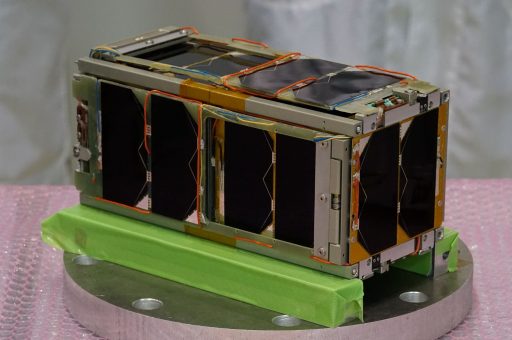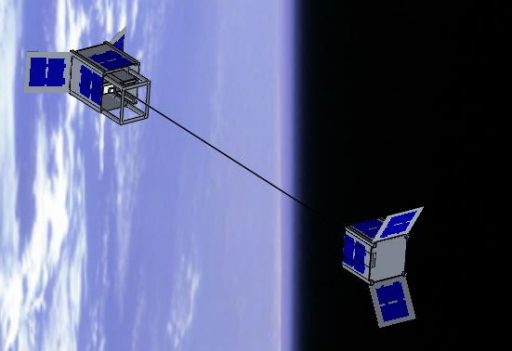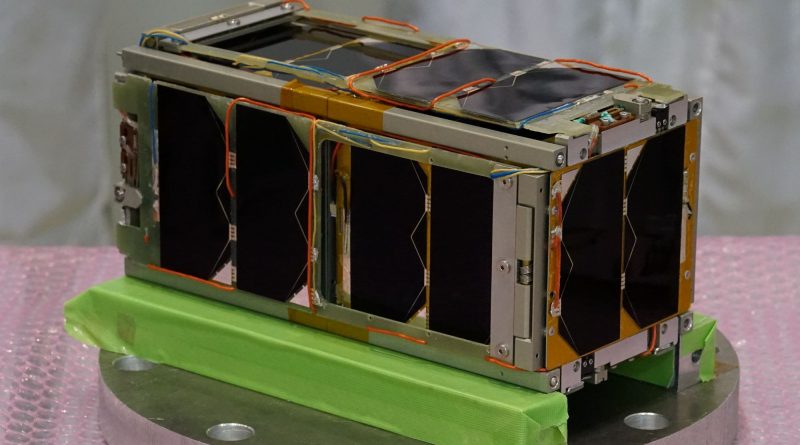Re-Entry: STARS-C

Japan’s STARS-C technology demonstration CubeSat re-entered the atmosphere on March 2, 2018 after nearly 15 months in orbit following deployment from the International Space Station.
NORAD ID: 41895
Object: STARS-C CubeSat, 2U
Mass: 2kg
Origin: Japan
Inclination: 51.6°
Launch: Aboard HTV-6 Cargo Spacecraft
Launch Date: December 9, 2016 – 13:26:47 UTC
Launch Vehicle: H-IIB
Launch Site: Tanegashima Space Center, Japan
Released from ISS: December 19, 2016 – 08:50 UTC
Re-Entry Prediction: March 2, 2018 – 14:56 UTC +/-27 Minutes
Re-Entry Zone: Unknown

Satellite Description: STARS-C is the third mission in the STARS (Space Tethered Autonomous Robotic Satellite) Project of Kagawa University with previous missions in 2009 and 2014. The first two missions consisted of a Mothership and Daughter Satellite connected through a tether with communications through a Bluetooth System.
In contrast to the first two STARS missions which used microsatellites, STARS-C complies with the 2U CubeSat form factor with a launch mass of 2.66 Kilograms. It comprises two fully functional 1U CubeSats that will be separated after release from ISS by deploying a 100-meter long Kevlar tether with a diameter of 0.4 millimeters.
The tether deployment sequence is driven by gravitational forces which requires the satellite to hold a defined attitude for the deployment. STARS C will point its daughter satellite to Earth (nadir) and initiate the deployment of the electrodynamic tether. Using springs, the two satellites are pushed apart and the full extension of the tether is accomplished through gravitational forces.
In the extended configuration, the tether collects electrons from the plasma environment in space resulting in a current that can be measured for analysis of the environment and the dynamics of the two tethered spacecraft subjected to the space environment.
Re-Entry Orbit


